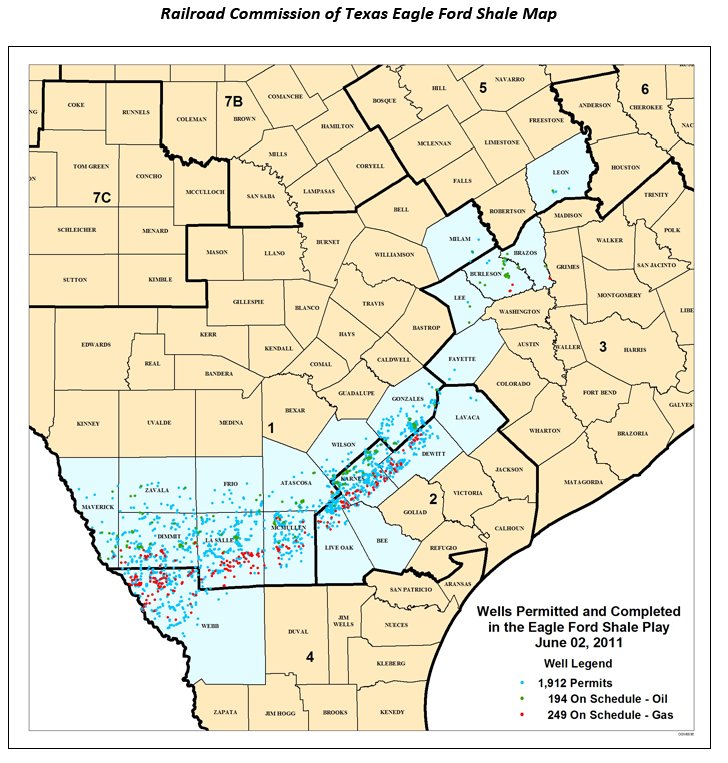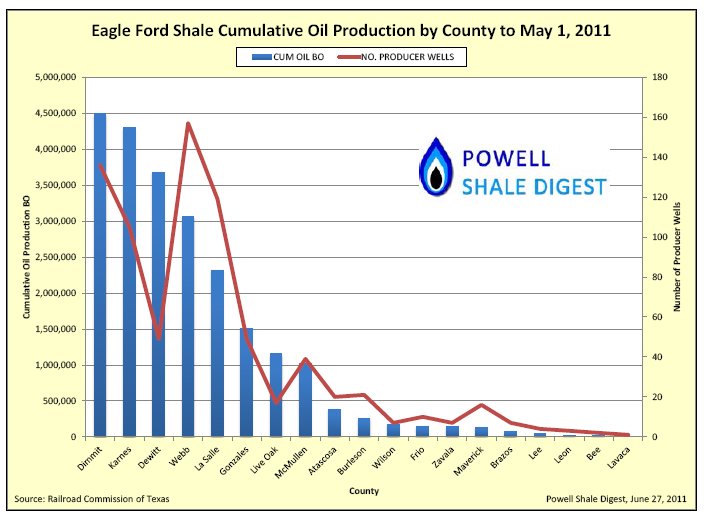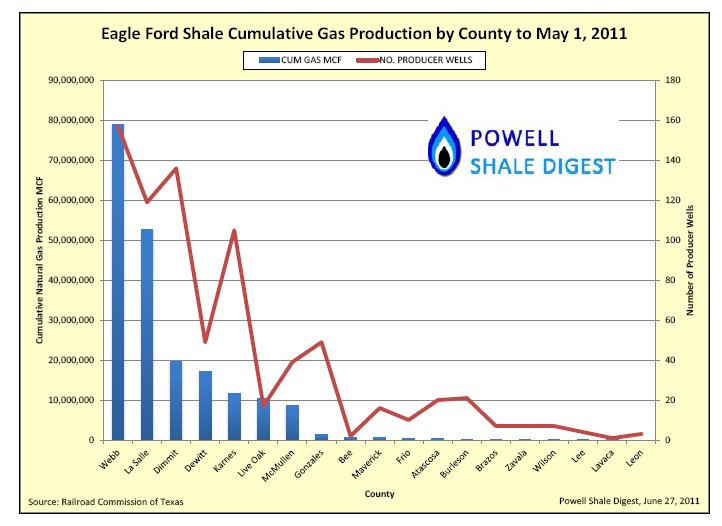A lot has been written lately about the amount of groundwater being used for hydraulic fracturing in shale plays – particularly in the Eagle Ford Shale, and more recently in the Permian Basin. This raises the question whether — and to what extent — exploration companies’ water wells used in fracing are subject to regulation by groundwater districts in Texas. It turns out that this is not an easy question to answer.
I am indebted to Mary K. Sahs (Carls, McDonald & Dalrymple, LLP), an Austin attorney who specializes in water law and who has written an excellent paper, Frac Water – Regulation of Quantity and Quality, and Reporting by Texas Groundater Conservation Districts, for the State Bar conference “The Changing Face of Water Rights” held on February 23 of this year in San Antonio, for a thorough explanation of this subject. I have borrowed liberally from her work.
Groundwater conservation districts are governed by the Texas Water Code, Chapter 36, and by any special provision in the law that authorized creation of each district. Section 36.117 (b) (2) of the Water Code provides that the following are exempt from regulation: “drilling a water well used solely to supply water for a rig that is actively engaged in drilling or exploration operations for an oil or gas well … located on the same lease or field associated with the drilling rig.” This has been referred to as the exemption for “rig supply wells.” Rig supply wells are still subject to any water well spacing rules imposed by the water district, and the district may require the well to be registered and may require it to be properly equipped and completed.
 Oil and Gas Lawyer Blog
Oil and Gas Lawyer Blog




